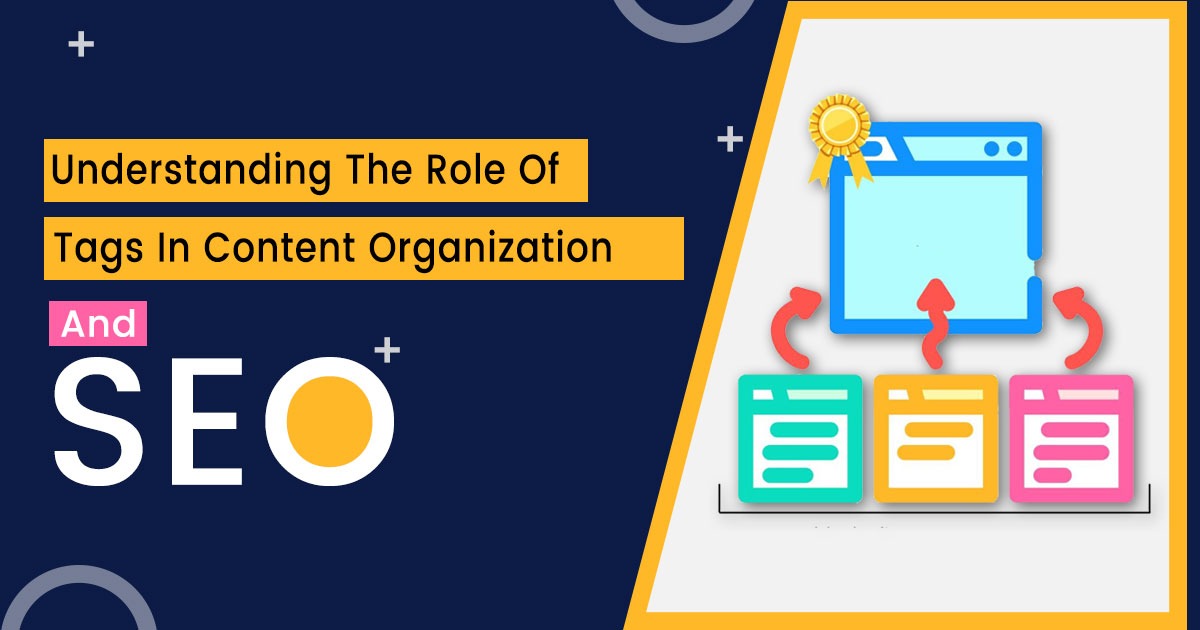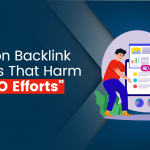Understanding The Role Of Tags In Content Organization And SEO
|
Getting your Trinity Audio player ready...
|
Understanding The Role Of Tags In Content Organization And SEO
Tags are an often overlooked yet essential component of content organization and Search Engine Optimization (SEO). When used correctly, tags can significantly enhance the structure and discoverability of content, both for users and search engines. This article delves into the importance of tags, how they work, and best practices for using them effectively.
What Are Tags?
Tags are keywords or phrases assigned to a piece of content to describe its theme or topic. Unlike categories, which broadly group content into defined sections, tags provide a more granular way to label content. For instance, in a blog about cooking, a category might be “Desserts,” while tags could include “chocolate,” “gluten-free,” or “quick recipes.” Tags allow you to highlight specific elements of a post, making it easier for users and search engines to find related content.
The Importance of Tags in Content Organization
Tags play a crucial role in content organization by helping to create a more intuitive and accessible site structure. Here’s how they contribute:
- Improved Navigation: Tags act as a secondary navigation system, complementing the primary category structure. When users click on a tag, they are taken to a page that lists all content associated with that tag, helping them discover related posts they might not have found otherwise. This enhances the user experience by making it easier to find specific content quickly.
- Content Grouping: Tags help in grouping content across categories. For example, a tech blog might have categories like “Software” and “Hardware.” A tag like “Artificial Intelligence” could link articles from both categories, providing a comprehensive view of the topic.
- Enhanced Content Discovery: Tags improve internal linking by creating tag archives. These archives list all content under a specific tag, which not only helps users find related content but also encourages them to spend more time on your site, exploring other articles.

Tags and SEO: How They Impact Search Rankings
While tags are primarily a tool for content organization, they also have significant implications for SEO. Here’s how they influence your site’s search engine performance:
- Keyword Targeting: Tags can be used to target specific keywords or phrases relevant to your content. When you tag a post with a keyword, you signal to search engines that this keyword is important in relation to your content. If used correctly, tags can help your content rank better for those keywords.
- Improved Crawlability: Search engines like Google use bots to crawl and index websites. Tags create additional pathways for these bots to discover content on your site. When search engines crawl a tag archive, they index all the associated posts, which can lead to improved visibility in google search results.
- Reduced Bounce Rate: A well-organized tagging system helps reduce your site’s bounce rate—a critical factor in SEO. By making it easier for users to find related content, tags encourage visitors to stay on your site longer, exploring more pages. This signals to search engines that your site is providing valuable content, which can positively impact your rankings.
- Tag Pages and SEO: Each tag usually generates a unique tag page. These pages are essentially index pages for all posts associated with a particular tag. If optimized well, tag pages can rank in search results, driving additional traffic to your site. However, to avoid issues with duplicate content or thin content, it’s important to ensure that tag pages are populated with substantial content and are not just empty placeholders.
Best Practices for Using Tags Effectively
To maximize the benefits of tags for content organization and SEO, it’s essential to use them thoughtfully. Here are some best practices to follow:
- Limit the Number of Tags: While it might be tempting to add numerous tags to a post, it’s better to limit them to a few relevant ones. Too many tags can dilute the focus of your content and make your tag archive pages less meaningful. A good rule of thumb is to use 5-10 tags per post.
- Use Consistent Tagging: Consistency is key in tagging. Ensure that you use the same tags for similar topics across your site. For instance, don’t switch between “SEO” and “Search Engine Optimization” if they refer to the same concept. Consistent tagging improves the effectiveness of your tag pages and makes it easier for users to navigate related content.
- Avoid Overlapping Tags: Tags that are too similar can confuse both users and search engines. For example, having separate tags for “Blogging” and “Blog” might not be necessary. Instead, choose the more relevant and widely used tag.
- Monitor Tag Performance: Regularly review the performance of your tags using analytics tools. Identify which tags are driving traffic and engagement, and which ones are underperforming. This insight can help you refine your tagging strategy over time.
Tags are a powerful tool for both content organization and SEO. When used effectively, they enhance user experience, improve content discoverability, and positively impact search engine rankings. By following best practices in tagging, you can create a more organized, accessible, and SEO-friendly website that better serves both your audience and your business goals.
For more tips and guides on SEO and Tags, visit SEOTips4U.

 Previous Post
Previous Post Next Post
Next Post